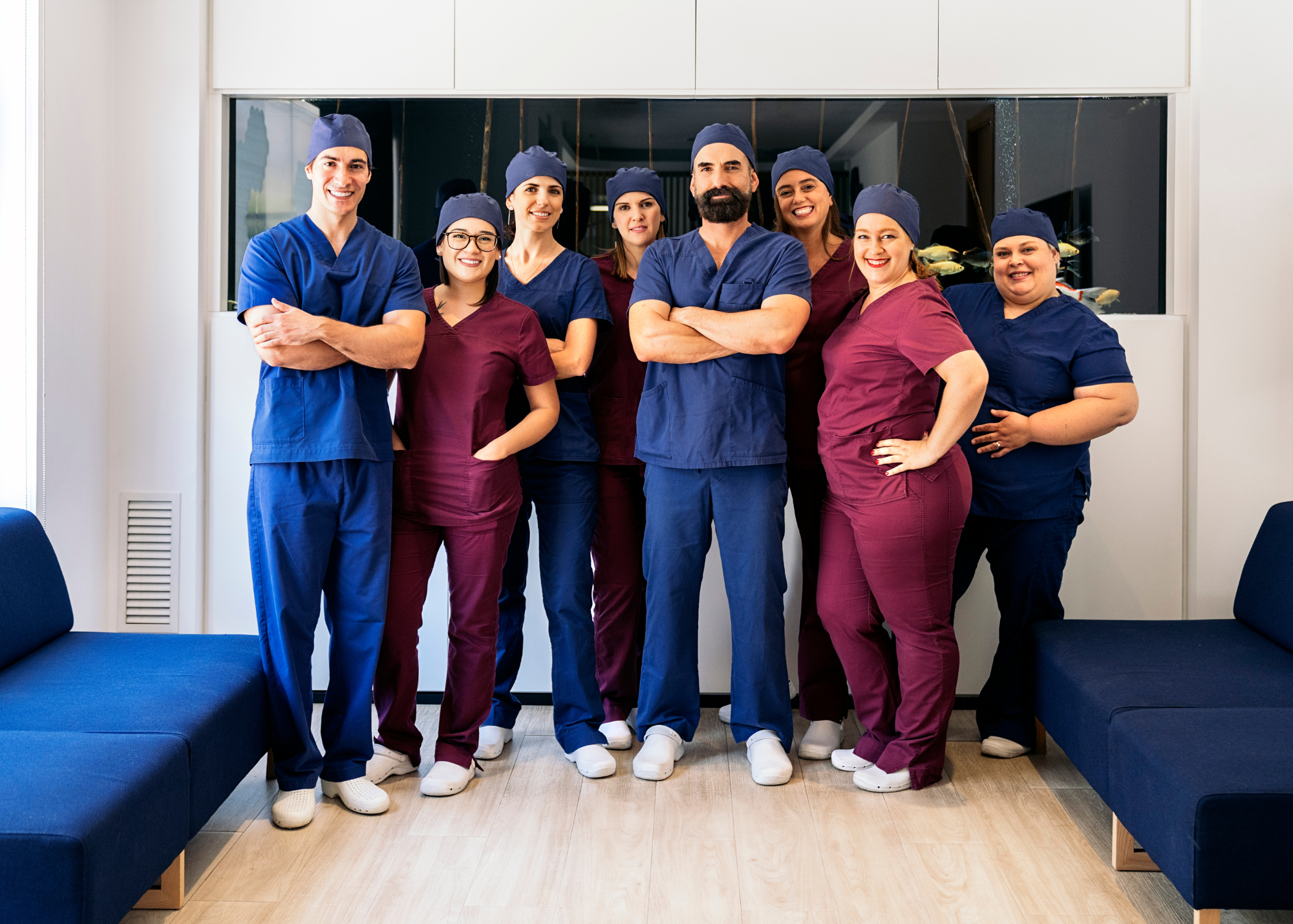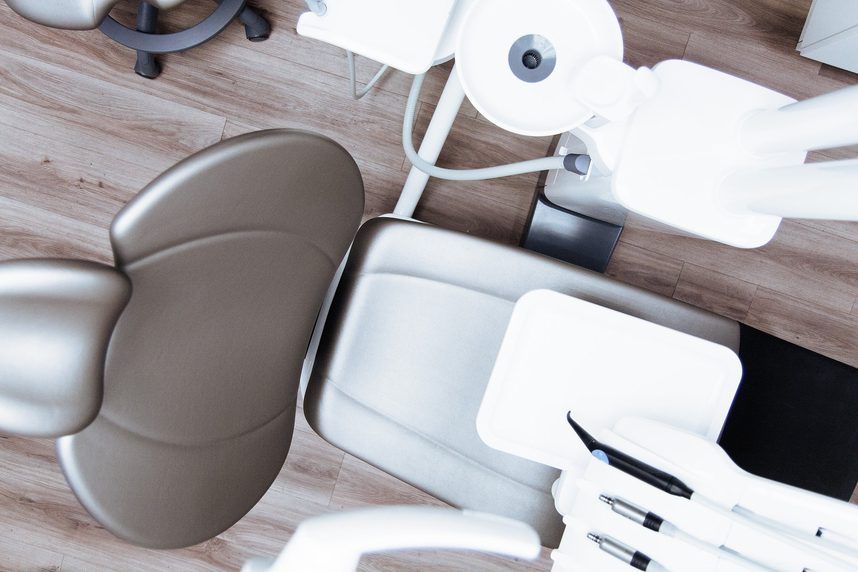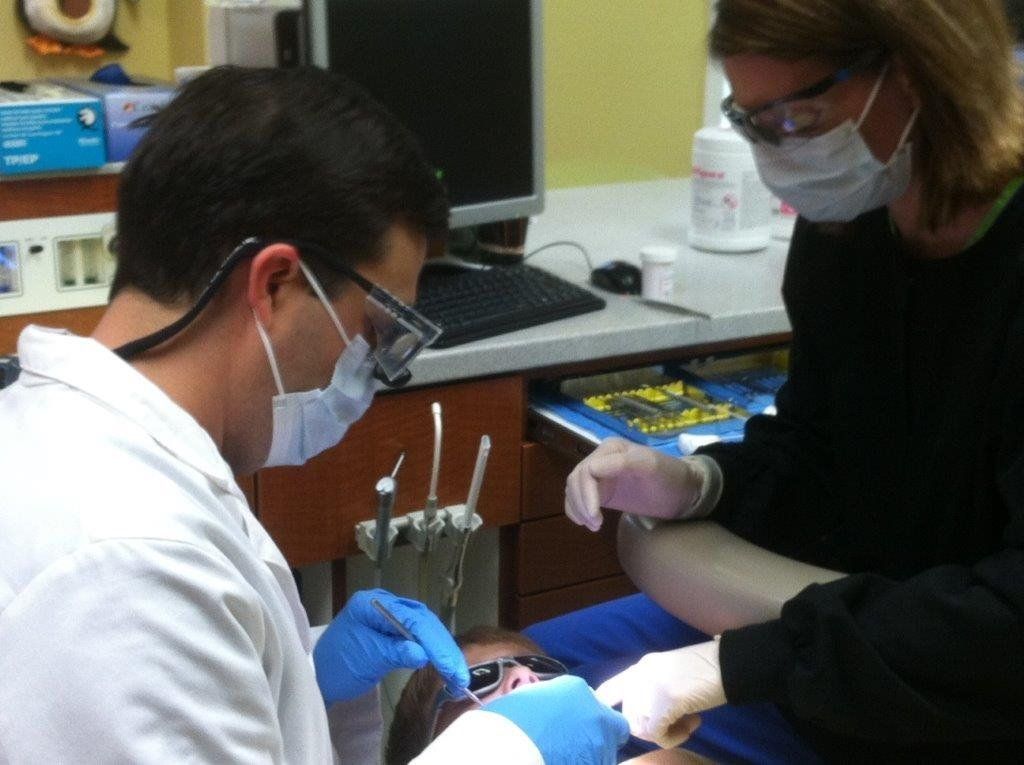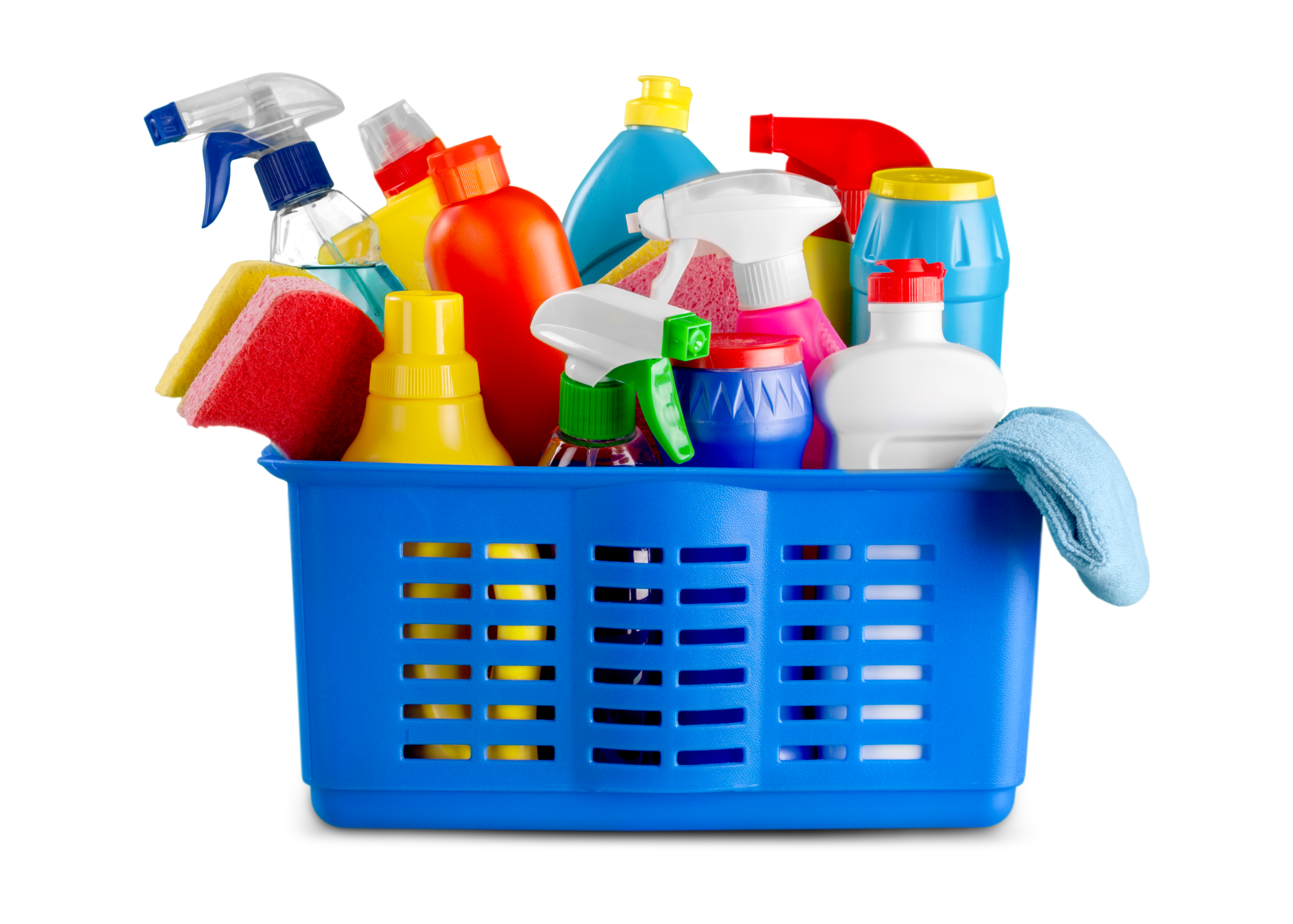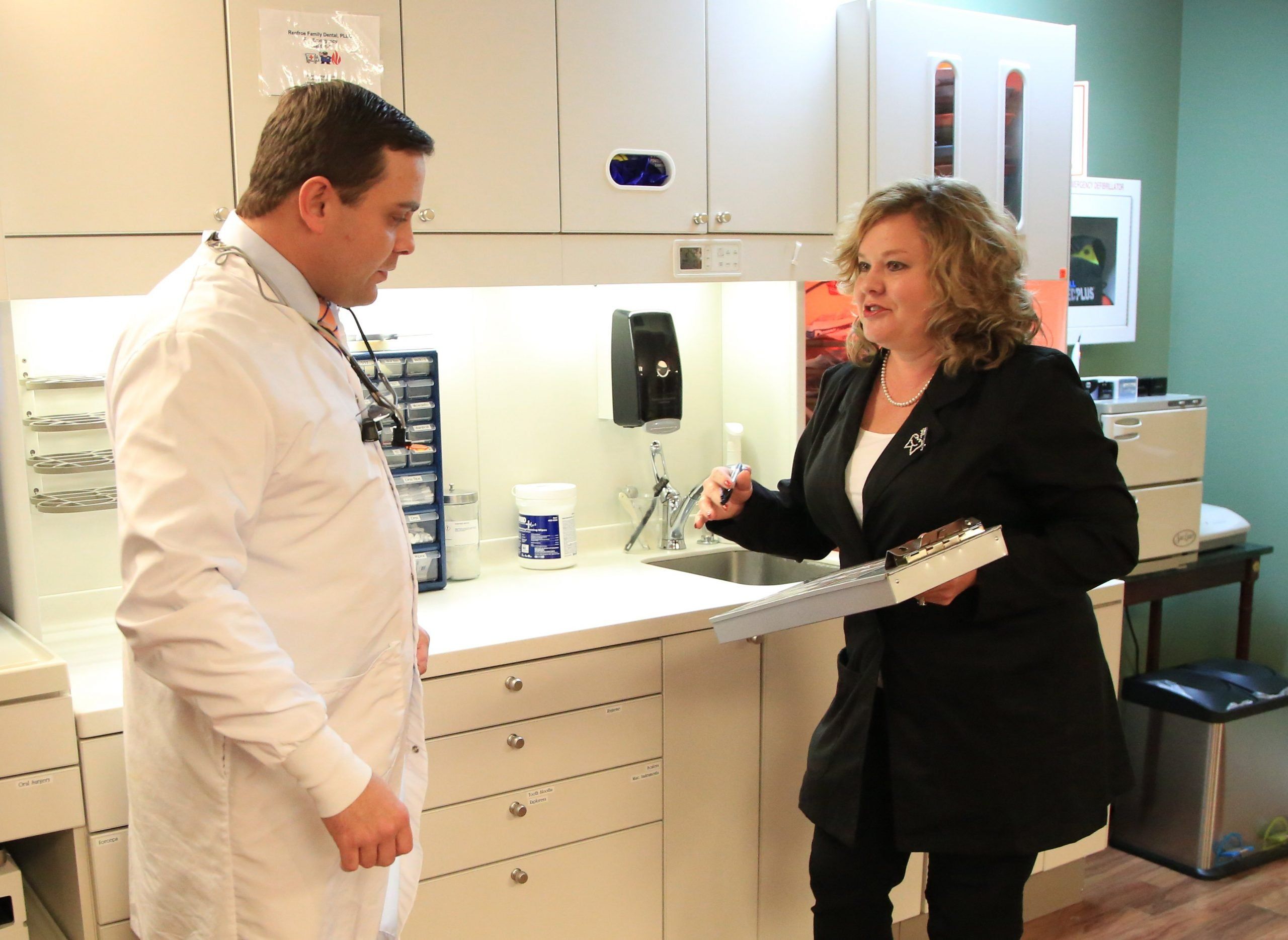Do we load autoclave pouches paper side up or down?
by Olivia Wann
Depends. Check with the manufacturer because the information may vary among brands.
According to CDC, all items to be sterilized should be arranged so all surfaces will be directly exposed to the sterilizing agent. Loading procedures must allow for free circulation of steam around each item.
Wrapped cassettes should be spaced apart and single height loaded. They should not be touching each other.
Peel pouches should be placed on its edge in racks according to Midmark.
Check with the manufacturer to determine whether cassettes or pouches should be sterilized in a horizontal position such as the Tuttnauer EZ9Plus or a vertical position as in the Tuttnauer EZ11. Tuttnauer also indicates to place paper/plastic pouches with the plastic side up.
More info here: https://www.cdc.gov/infectioncontrol/guidelines/disinfection/sterilization/sterilizing-practices.html
Watch the Midmark video here. https://www.youtube.com/watch?v=vPIXM9OBQfI
Don’t forget to place a chemical indicator inside of cassettes and use autoclave tape on the outside. Also, date the pouches and cassettes with the sterilization date and indicate which sterilizer was used.



